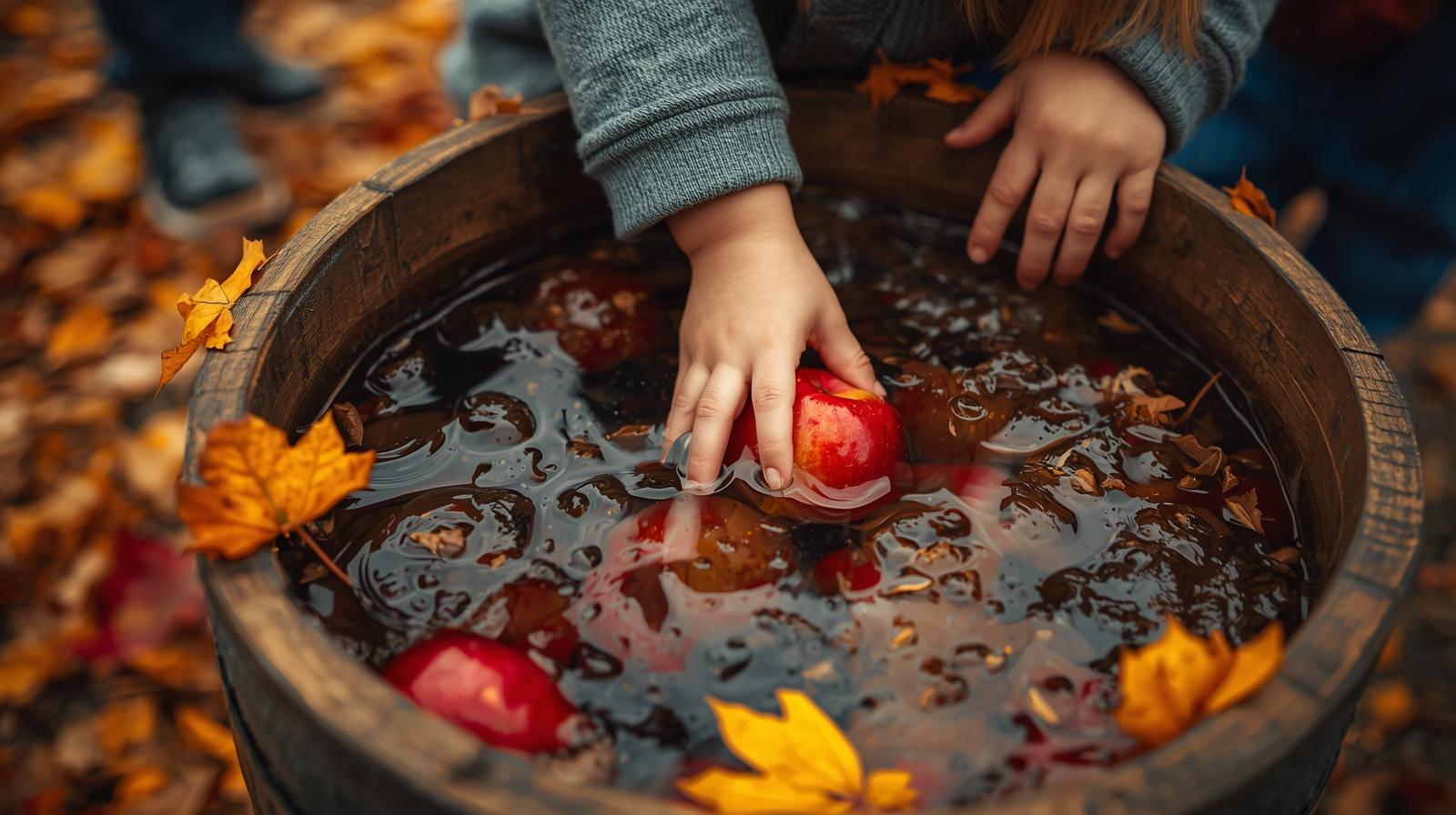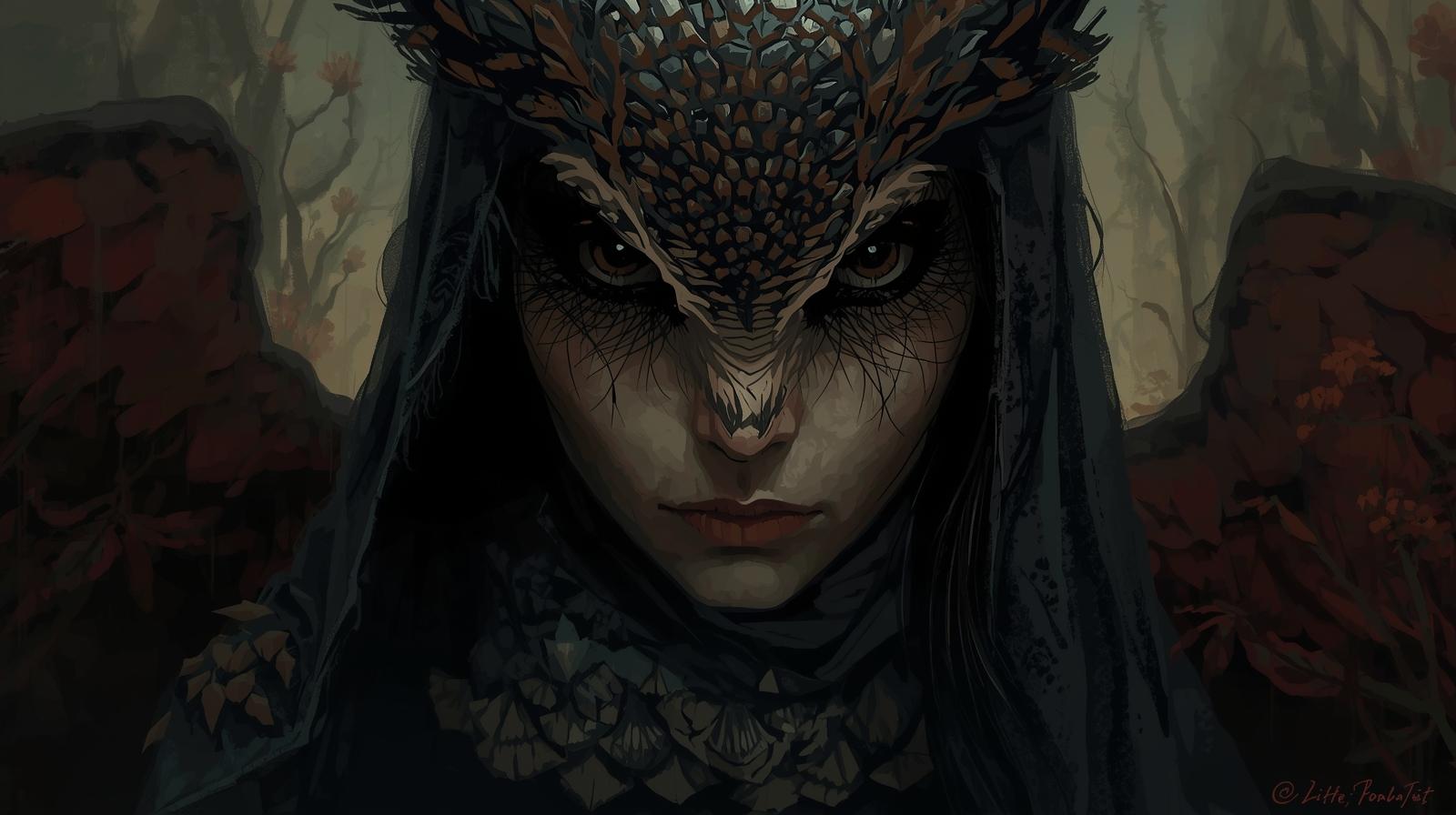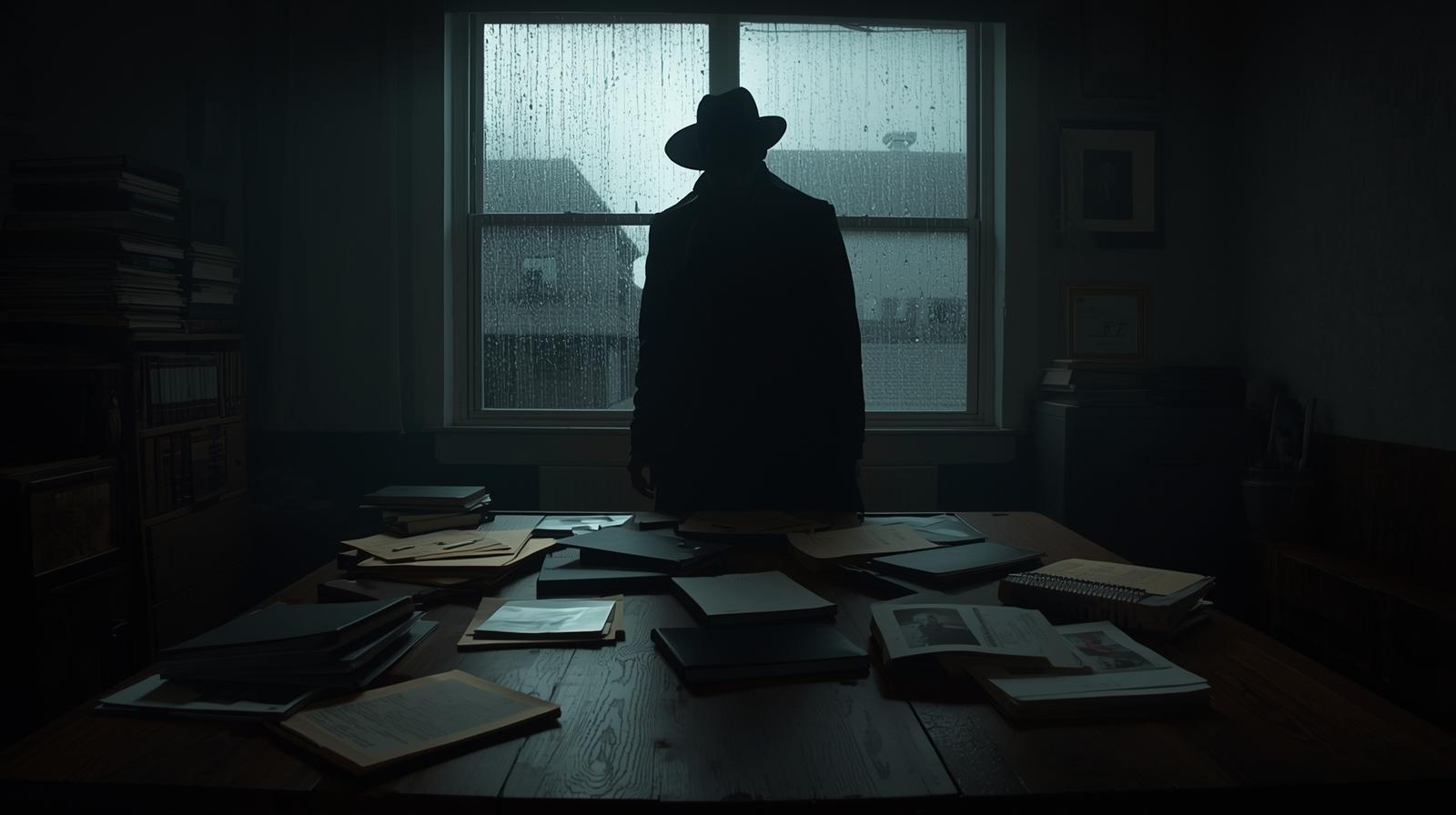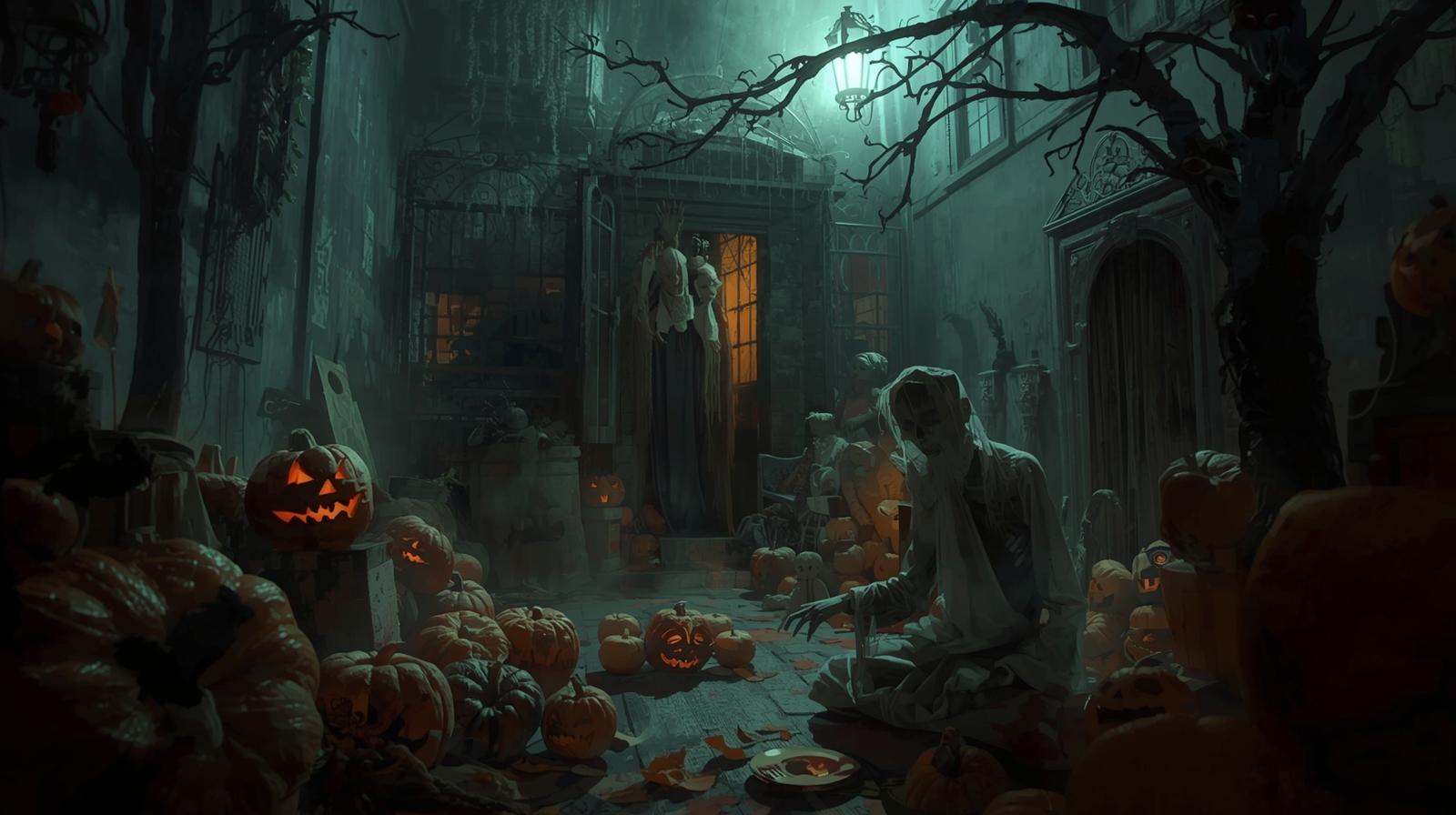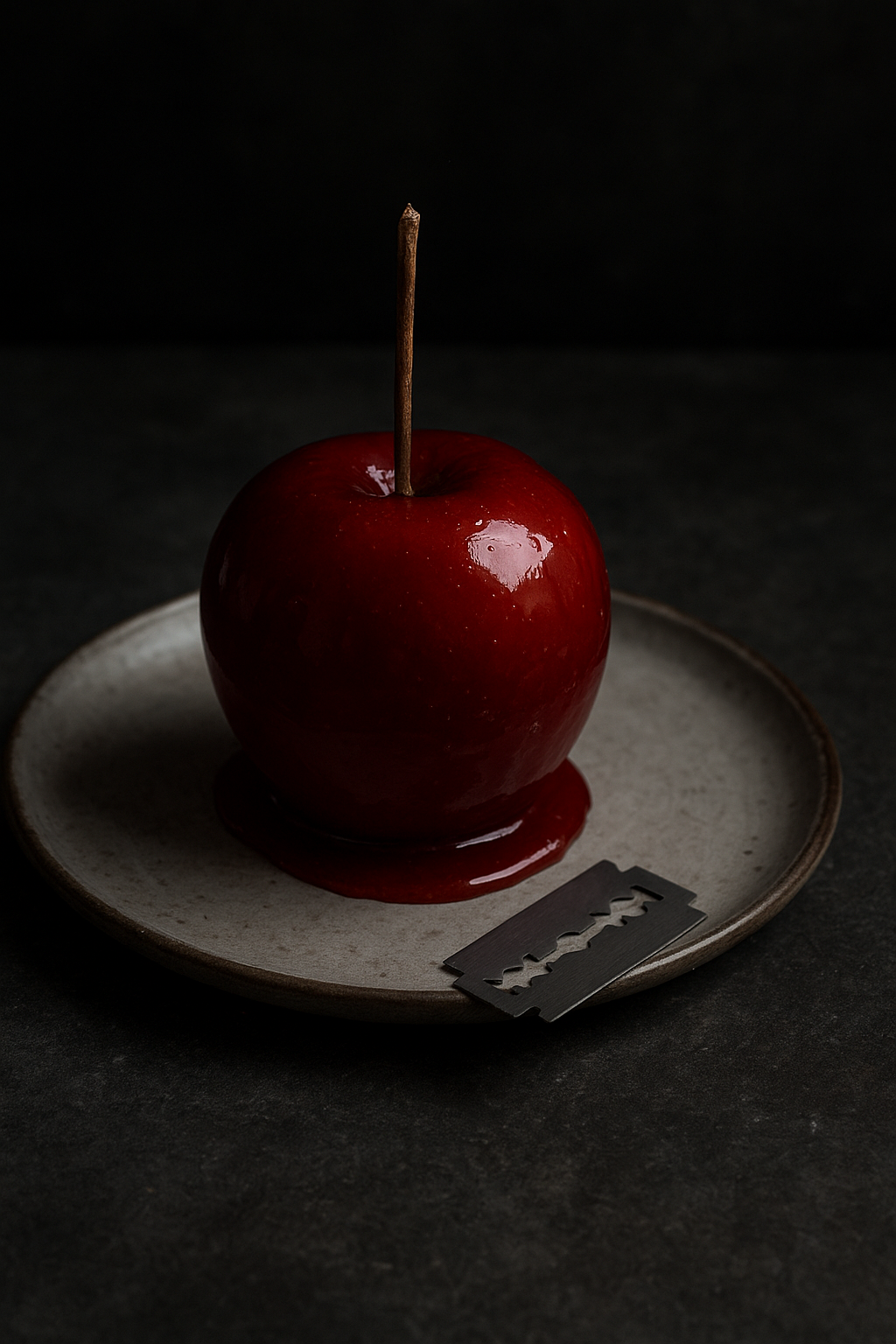
Every November feels like a blur, doesn’t it? Between family gatherings, travel plans, and holiday prep, it’s easy for blogging to take a back seat. But if there’s one thing I’ve learned over the years, it’s that consistency—especially during the busy months—makes all the difference. Whether you’re a full-time blogger or just writing when you can, this time of year can test your discipline, creativity, and focus.
Balancing Holiday Hustle with Blog Goals
The holidays can easily swallow your schedule whole. Suddenly, days are filled with cooking, decorating, and running errands, and before you know it, your blog sits untouched for weeks. That’s why I’m setting a simple goal this November: stay consistent without burning out.
Instead of trying to publish something every few days, I’m focusing on quality over quantity. That might mean batching content early in the month, scheduling posts in advance, or jotting down quick ideas to turn into full articles later. The goal isn’t perfection—it’s progress.
Planning Ahead Makes All the Difference
Planning ahead might sound tedious, but it’s a game-changer when life gets chaotic. A quick brainstorming session can keep your content calendar full without last-minute panic. For me, that means sitting down with a notebook and writing out post ideas for the month—holiday-related topics, year-end reflections, and a few evergreen pieces that’ll still be relevant come January.
If you know you’ve got a busy week coming, get your drafts ready early. Schedule them, set reminders, and don’t be afraid to repurpose older posts with a fresh spin. Readers love a good throwback with updated tips or insights.
Giving Yourself Grace
The truth is, no one’s perfect—and some weeks, things will slip through the cracks. The key is not to give up completely. If you miss a post, jump right back in the next week. What matters most is the commitment to show up again and again, even when life gets noisy.
And remember: the holidays are about connection. If you’re struggling to write long-form posts, try shorter updates, quick reflections, or photo-based content. Your audience will appreciate the authenticity far more than a forced article written at midnight.
Looking Ahead
As I move through November, I’m keeping my goals simple: stay present, stay grateful, and keep creating. The consistency I build now will carry me into the new year feeling confident instead of overwhelmed.
So, if you’re reading this and feeling the same holiday crunch, know you’re not alone. Slow and steady still counts. Every word written, every post published—it all adds up. Let’s finish this year strong, one post at a time.
Lisa Crow contributed to this article. She is a true crime junkie and lifestyle blogger based in Waco, Texas. Lisa is the Head of Content at Gigi’s Ramblings and Southern Bred True Crime Junkie. She spends her free time traveling when she can and making memories with her large family which consists of six children and fifteen grandchildren.
